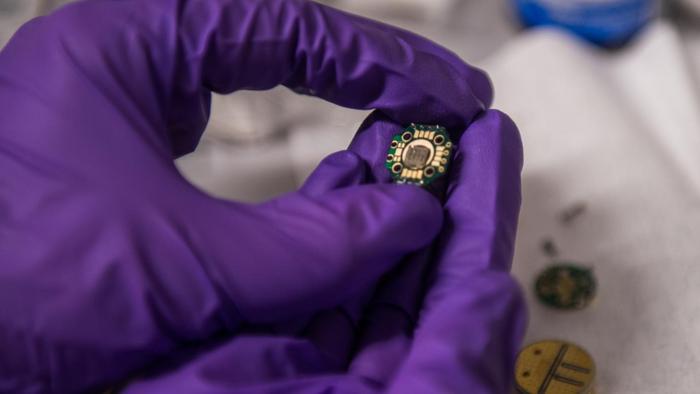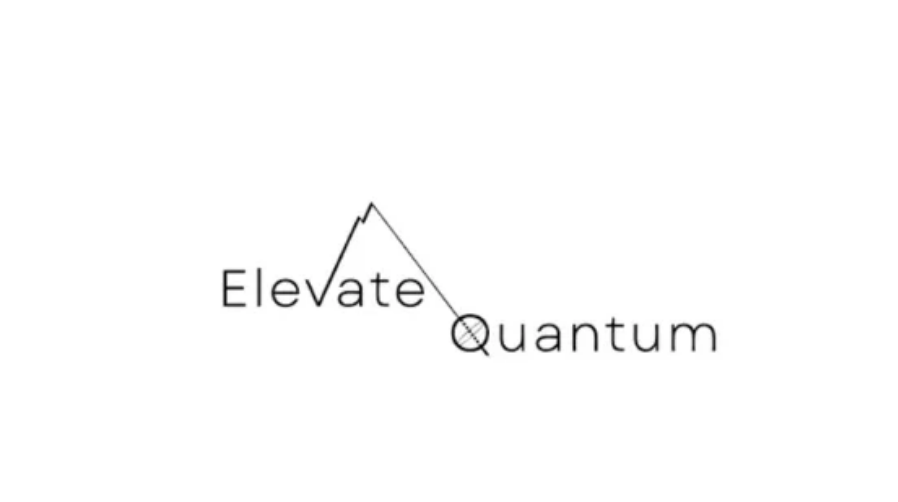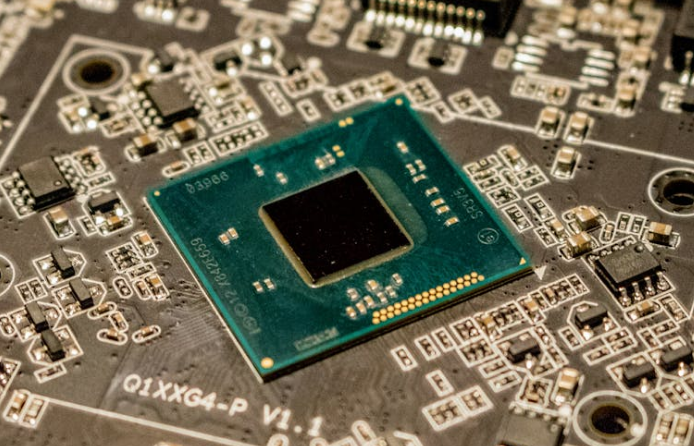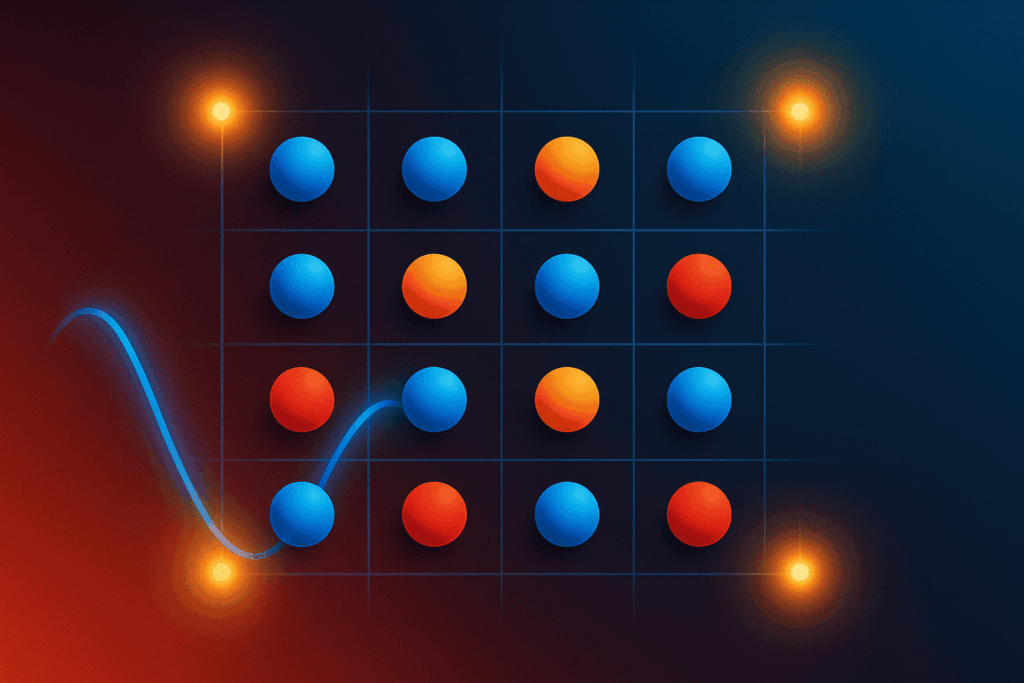Insider Brief:
- Taiwan’s National Center for High-Performance Computing is deploying a new AI supercomputer powered by NVIDIA hardware with over 8x the performance of the previous Taiwania 2 system.
- The system will accelerate research in quantum computing, climate modeling, and sovereign AI, supporting projects like Taiwan AI RAP and TAIDE for localized language model development and healthcare/education applications.
- Quantum research at NCHC uses NVIDIA’s CUDA-Q and cuQuantum libraries, enabling hybrid workflows, large-scale quantum simulations, and tools such as the Quantum Molecular Generator and cuTN-QSVM.
- NCHC plans to integrate DGX Quantum systems, strengthening Taiwan’s hybrid computing architecture and enabling broader access to researchers in academia, government, and startups through application-based system usage.
- Image Credit: NVIDIA
Taiwan’s National Center for High-Performance Computing (NCHC) is preparing to launch a next-generation AI supercomputing system that will increase computational capacity across quantum research, climate science, and sovereign AI development. As noted in a recent post from NVIDIA, the new system will offer over eight times the AI performance of the center’s previous Taiwania 2 system and is slated to come online later this year.
The system, announced during COMPUTEX 2025, will be powered by NVIDIA’s latest accelerated computing platforms, including over 1,700 GPUs integrated into NVIDIA HGX H200 systems, two NVIDIA GB200 NVL72 rack-scale systems, and an NVIDIA HGX B300 system based on the Blackwell Ultra architecture. These components will be linked via NVIDIA Quantum InfiniBand networking for high-throughput interconnects. The center will also deploy a fleet of DGX Spark personal AI systems and NVIDIA HGX nodes in the cloud to support distributed access.
According to Chau-Lyan Chang, director general of NCHC, the upgrade is designed to advance Taiwan’s technical autonomy by supporting projects in sovereign AI, quantum computing, and scientific computing.

Quantum Research Accelerated by CUDA-Q and cuQuantum Tools
Among the programs supported by the new system is a growing quantum computing initiative, centered around hybrid workflows and large-scale quantum simulations. According to NVIDIA, NCHC researchers are currently using the CUDA-Q platform (NVIDIA’s open-source programming model for hybrid quantum-classical computing) and the cuQuantum library, which provides high-performance GPU-accelerated tools for simulating quantum circuits.
One of the applications developed by NCHC is Quantum Molecular Generator, a framework that uses quantum circuits to generate valid chemical structures. The system uses CUDA-Q for circuit construction and execution, and targets research problems in computational chemistry and quantum machine learning.
Another notable tool is cuTN-QSVM, an open-source quantum support vector machine simulator built on cuQuantum’s tensor network backend. The tool supports hybrid quantum-classical processing and allows researchers to simulate large-scale circuits with linear scalability. According to NVIDIA’s report, cuTN-QSVM was recently used by NCHC to simulate a 784-qubit quantum machine learning algorithm—marking one of the largest circuit simulations of its kind to date.
Looking ahead, NCHC plans to integrate NVIDIA DGX Quantum systems, to further support its hybrid architecture strategy and the development of scalable quantum algorithms and workflows.
Sovereign AI and Language Models Tailored for Taiwan
Beyond quantum computing, the upgraded infrastructure will also support Taiwan’s national strategy for sovereign AI, specifically through projects like Taiwan AI RAP and the TAIDE initiative (Trustworthy AI Dialogue Engine). These programs are developing generative AI models tailored to local cultural and linguistic needs.
As outlined in the NVIDIA post, TAIDE models are already being used in both educational and healthcare settings. One example is a bilingual conversational AI robot used in Taiwanese schools, serving over 2,000 users. Another use case includes an AI-powered assistant that supports case managers in delivering accurate medical information using retrieval-augmented generation.
TAIDE currently offers access to models based on the Llama3.1-TAIDE foundation and is developing additional models using NVIDIA’s Nemotron architecture. Collaborating data providers include government ministries and media organizations, which supply multilingual text, audio, and video content to train localized large language models.
Climate Research Powered by Earth-2 and AI Forecasting Tools
In climate science, NCHC is supporting multiple research teams using NVIDIA’s Earth-2 platform and related tools for atmospheric modeling. Projects are employing CorrDiff, an AI model that improves resolution in coarse-grained weather simulations, as well as GraphCast, DeepMind’s graph-based forecasting model, integrated into PhysicsNeMo for global-scale predictions.
Researchers are also using FourCastNet, an AI system for climate variable prediction, and using it as a NVIDIA NIM microservice to scale inference across multiple weather scenarios. Together with accelerated simulation of numerical weather prediction models using NVIDIA GPUs, these may support improved forecast precision and reduced training cycles.
A National Investment in Cross-Domain Scientific Computing
The new supercomputing infrastructure, hosted at NCHC, speaks to Taiwan’s broader push to position itself ahead in advanced computing. With active projects across quantum computing, generative AI, climate simulation, and scientific data analysis, the system is expected to serve researchers across academic, government, and small business sectors.
As announced at COMPUTEX, researchers can apply for access to the system to accelerate innovation across these domains. The infrastructure will be highlighted further at NVIDIA GTC Taipei, taking place May 21–22.















